Human Trafficking: Hiding in Plain Sight
Human Trafficking: Hiding in Plain Sight
APRIL 01, 2024 | BY TOMAS J LARES
We’re proud to share an article by our founder, Tomas Lares, originally published in Friendly Passages – A Publication of the Friends of the Rupert J. Smith Law Library. This piece uncovers the often unseen world of human trafficking.
Human trafficking is a grave violation of human rights and a modern-day form of slavery.¹ It is an insidious crime² that often operates in the shadows, unsuspected by many. Despite increased awareness and efforts to address the root causes to combat it, this evil practice continues to thrive, camouflaged in plain sight within our communities. From bustling urban centers to quiet suburban neighborhoods, victims are often trapped in situations where escape seems impossible, and the reality of human trafficking touches lives more closely than we might realize or want to admit.³
For generations, we have lived in a culture of complicity ranging from the denial of child abuse occurring in the home, within sports leagues, in religious institutions, and even in community groups for the youth. This also was the unfortunate case with the scourge of domestic violence and sexual harassment and assault. Thankfully in recent history, various movements for change have brought awareness, educated society, and created a platform for those victimized to speak out, condemning victim shaming and increasing the ability to prosecute their perpetrators.⁴ Efforts are underway to combat trafficking through legislation, law enforcement, and various support and rehabilitation programs for survivors.⁵
Concealing their illicit activities beneath a facade of normalcy, human trafficking perpetrators are adept at blending into society. Traffickers use various methods of controlling and manipulating their victims, including physical violence, threats, deception, debt bondage, and immigration status. They exploit their victims in the most ordinary of places including nail salons, restaurants, hotels, and even suburban homes.⁶ The traffickers exploit the perception that such establishments are beyond suspicion, use fear tactics on their victims, threaten the undocumented with deportation and severe consequences on their families back home, and create a narrative that these individuals are not victims but voluntarily accept these conditions as a better life than from where they came. This has made it challenging for the public to recognize the signs of exploitation.
Another growing means of deception is online facilitation in this digital age. The internet serves as a breeding ground for human trafficking and provides traffickers with a convenient and relatively anonymous environment from which to recruit, groom, and exploit victims. Social media, classified ads, and even seemingly innocent websites can be conduits for trafficking operations. Awareness of online dangers is crucial in understanding the subtle ways human trafficking infiltrates our daily lives, especially in the age of artificial intelligence. Public awareness campaigns play a crucial role in educating individuals about the risks associated with online interactions and helping potential victims recognize signs of exploitation.
Labor exploitation occurs in global supply chains, which produce the products we consume daily, and often harbor the dark secret of forced labor. Here, individuals are exploited for labor in various industries such as agriculture, construction, manufacturing, domestic work, and more. From our clothing to the electronic devices we use, human trafficking victims may be hidden within the complex web of these supply chains. As consumers, we contribute to this issue by unknowingly supporting products tainted by exploitation because they are cheaper and affect our bottom line.⁷
Sex trafficking in plain view remains a pervasive issue that thrives, with victims often forced into the commercial sex industry. It is a severe violation of human rights and a criminal activity that exploits individuals of all ages and genders. Massage parlors, strip clubs, the hotel and lodging industry, other venues where commercial sex is facilitated, and even residential areas may unknowingly house victims of sexual exploitation. Recognizing the signs and red flags, and understanding the interconnected nature of these illicit activities, is crucial in unmasking the hidden reality of sex trafficking. This is why every business should receive training on how to identify and report human trafficking.
Traffickers have many faces and are as diverse as the victims. They can be male or female of any age; foreigners or citizens of the United States; family members, friends, acquaintances, or strangers; acting alone or as part of a criminal enterprise.
To combat human trafficking effectively, it is imperative to foster a culture of vigilance. It is a collective effort to identify, prevent, and combat this crime. Individuals, communities, governments, law enforcement agencies, and non-governmental organizations (NGOs) can play crucial roles in staying vigilant and taking action. Training individuals to recognize the signs, fostering open communication within communities, and supporting organizations dedicated to eradicating trafficking are essential steps. By acknowledging that human trafficking is not confined to distant lands but exists within our midst, we empower ourselves to be part of the solution. Vigilance requires a multi-faceted approach, involving proactive measures to recognize and prevent trafficking, swift responses to reports, and comprehensive support for survivors.
In conclusion, human trafficking is a pervasive issue that permeates the fabric of our societies, often eluding our awareness. By shedding light on the various forms it takes and understanding how it operates in plain sight, we can collectively work toward dismantling the networks that perpetuate this crime. It is only through informed vigilance, compassion, and collective action that we can unveil and eradicate the hidden horror of human trafficking. By staying vigilant and working collaboratively, societies can contribute to the global effort to eradicate human trafficking and protect the rights and dignity of all.
To Report Human Trafficking:
(a) Florida law enforcement, call 1-855-FLA-SAFE.
(b) National Human Trafficking Hotline, call 1-888-373-7888. (c) To get help for victims and survivors of human trafficking or to connect with local services, text HELP to 233733 (BEFREE). For additional resources, visit the Alliance to End Human Trafficking at https://www.floridaallianceendht.com
If you or someone you know is in immediate danger, don’t hesitate. Call or text our 24/7 hotline. We’re here to help.
407-504-1319
ENDNOTES:
“Also known as trafficking in persons, is a crime that involves compelling or coercing a person to provide labor or services, or to engage in commercial sex acts. The coercion can be subtle or overt, physical or psychological.” See U.S. Department of Justice; https://www.justice.gov/humantrafficking/what-is-human-trafficking.
Trafficking Victims Protection Act of 2000, Pub. L. No. 106 – 386 empowers the United States Government with tools and resources to seek comprehensive and coordinated elimination of human trafficking, domestically and internationally.
Florida ranks third in human trafficking cases reported according to the National Human Trafficking Hotline: https://humantraffickinghotline.org/en
Becky Giovagnoni and Amber Van Schooneveld, The History of Human Trafficking (January 25, 2022), The Exodus Road, https://theexodusroad.com/history-of-human-trafficking/; see also, FBI’s Crime Data Explorer; https://cde.ucr.cjis.gov/LATEST/webapp/#/pages/home
Id., What the DOJ is Doing. See also, Ditmore, Melissa Hope (2023), Unbroken Chains: Beacon Press, pp. 163-172.
Hepburn, Stephanie & Simon, Rita J. (2013), Human Trafficking Around the World Hidden in Plain Sight, Columbia University Press New York.
SUBSCRIBE
Be an Ally in the Fight Against Trafficking. Join our network of passionate abolitionists by subscribing to our updates and newsletters.


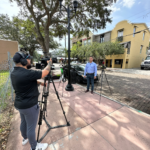
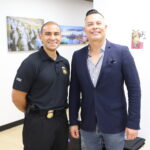

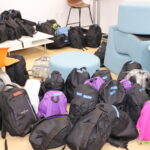

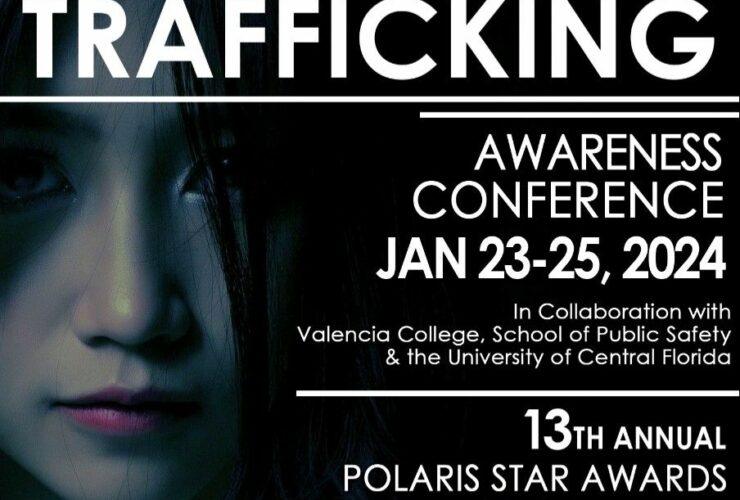

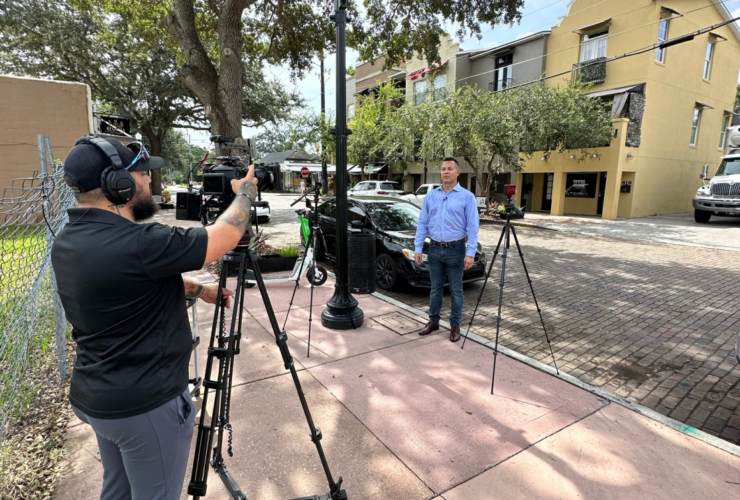
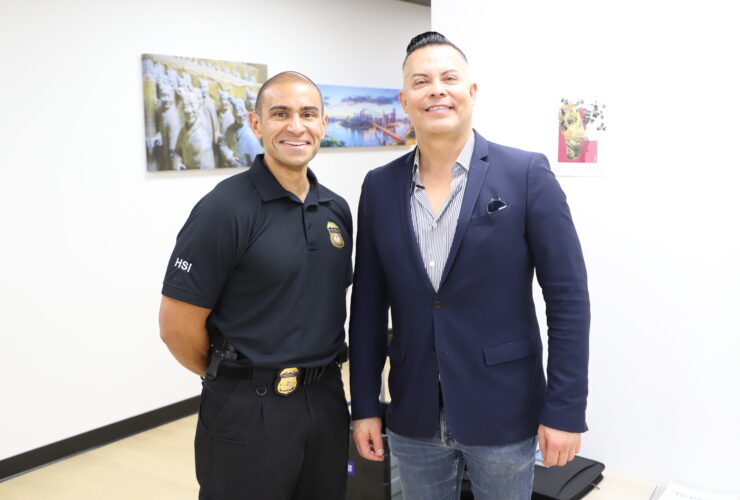
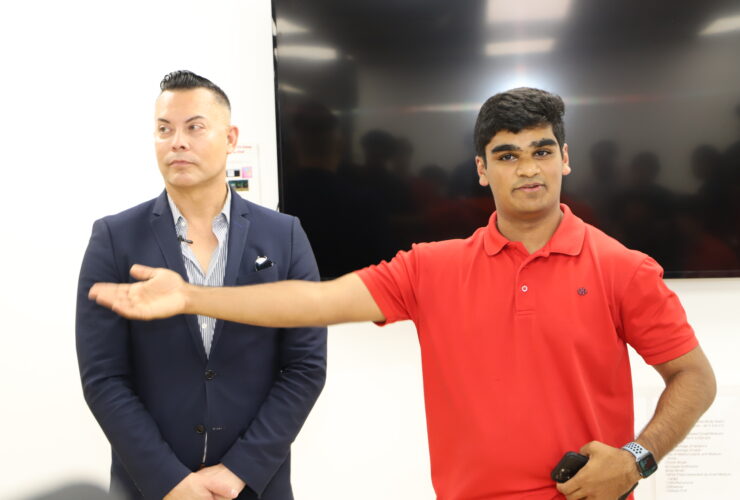
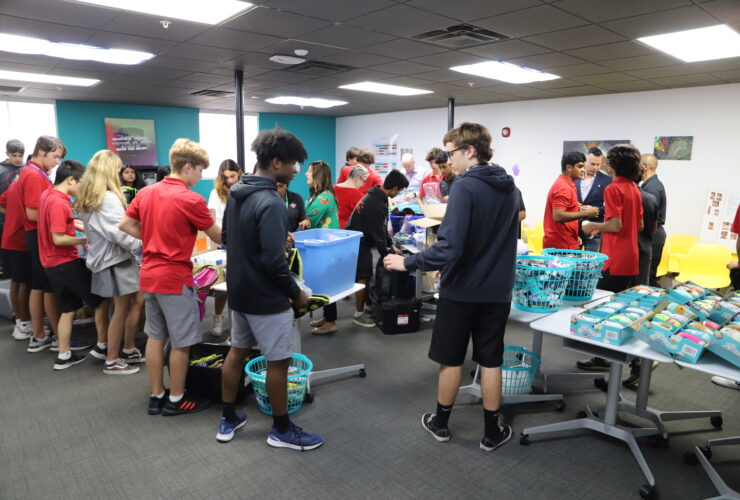
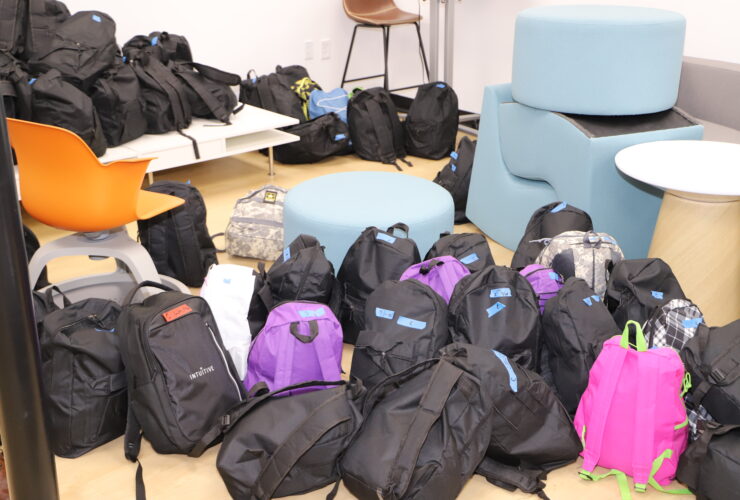
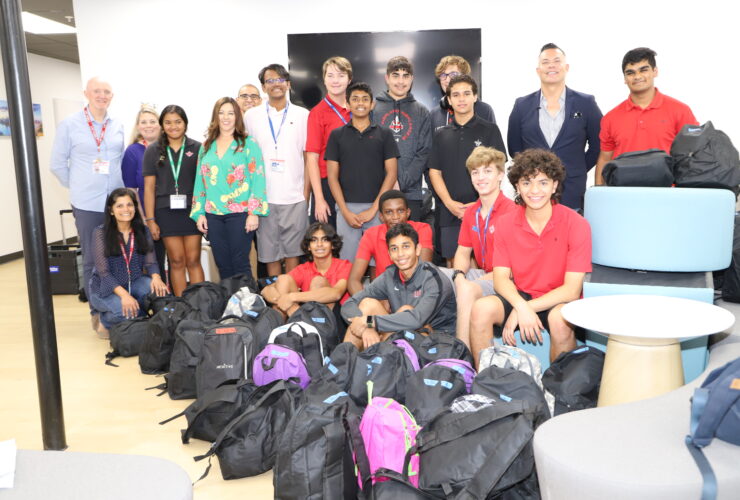
Leave a Reply